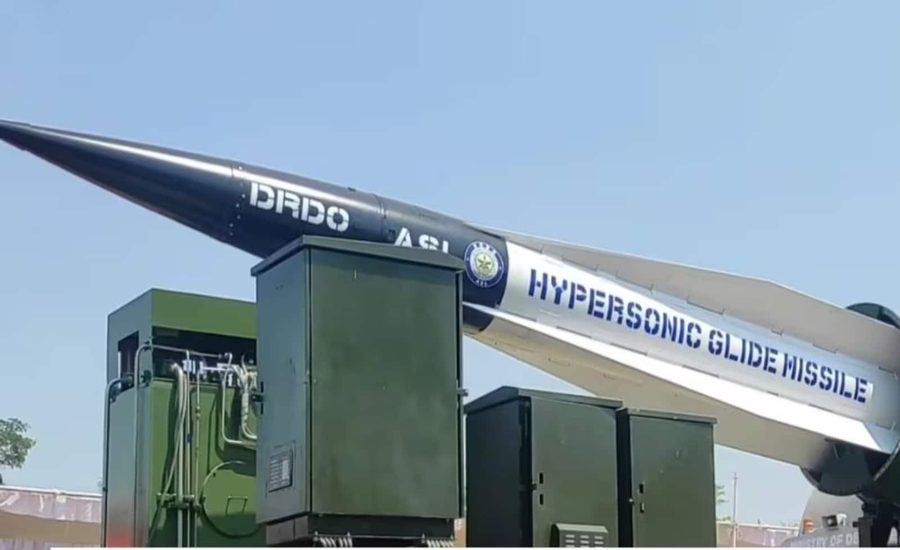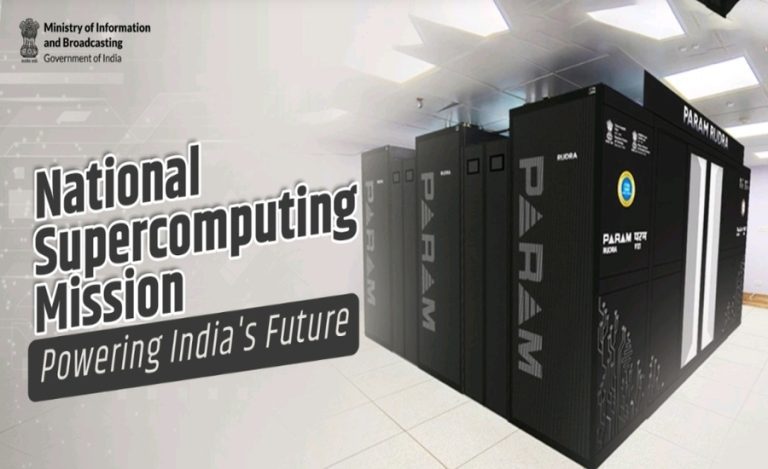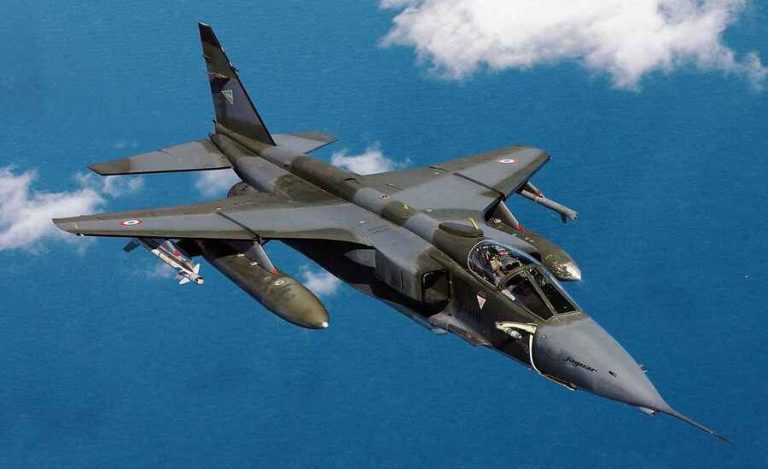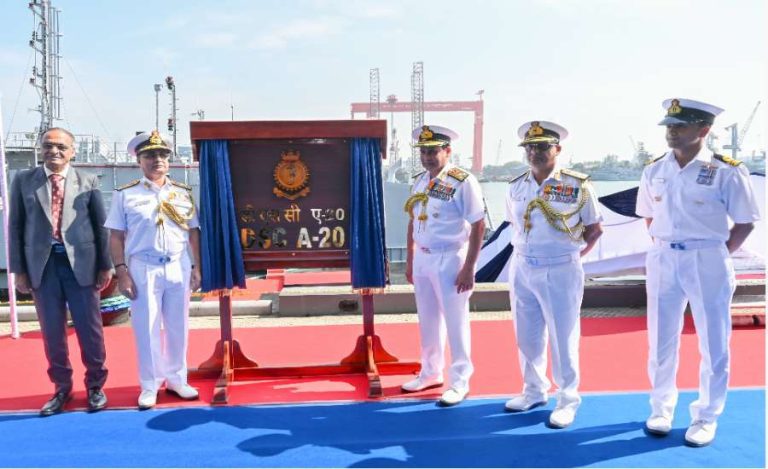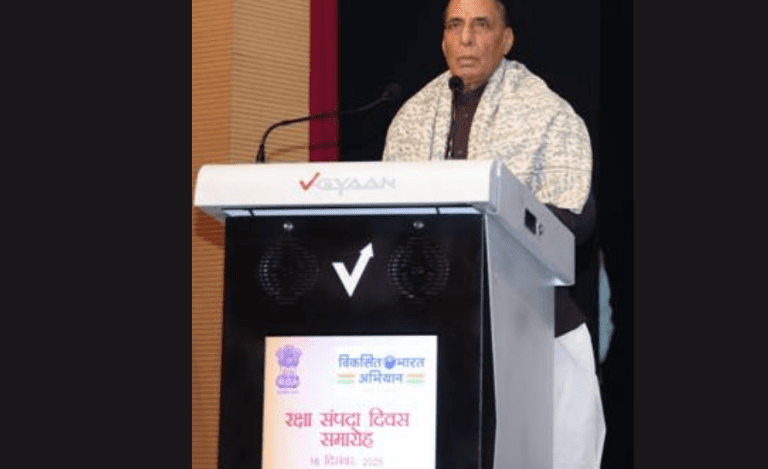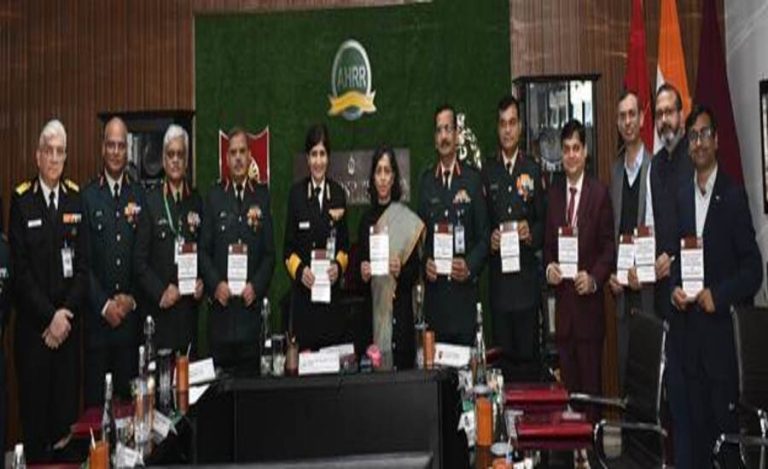New Delhi: In a landmark announcement, India’s Defence Research and Development Organisation (DRDO) has greenlit serial production of the LRAShM hypersonic missile after its successful developmental tests. This signals a new phase in India’s missile capability — from experimental to deployable.
LRAShM Hypersonic Missile: Blazing Speed & Extended Range
During trials, LRAShM achieved speeds of Mach 10, shattering earlier expectations of Mach 6–7. Its confirmed design range is 1,500 km or more, offering a formidable strike capability across maritime theatres.
What Is LRAShM Hypersonic Missile
LRAShM (Long Range – Anti Ship Missile) is a hypersonic glide-vehicle based weapon under development by DRDO’s Dr APJ Abdul Kalam Missile Complex and associated labs. Its architecture comprises a booster stage plus a delta-wing HGV that can perform terminal maneuvers, making interception extremely challenging.
It is being built for anti-ship roles (to target enemy warships, carrier groups) and may also evolve into a land-attack variant.
From Testbed to Production
First tests date back to 2023; the highly publicized launch was on 16 November 2024 from Abdul Kalam Island, Odisha, where the missile demonstrated maneuvering and precision. DRDO has projected that remaining trials and final maturation will conclude in 2–3 years before full operational deployment.
With serial production underway, LRAShM transitions from prototype to an operational asset — a pivotal step for India’s naval deterrence and ‘Make in India’ defence goals.
Strategic & Regional Implications
LRAShM strengthens India’s maritime deterrent posture in the Indo-Pacific and Indian Ocean Region, particularly against growing naval assertiveness from China.
Hypersonic glide missiles like LRAShM evade conventional missile defense systems due to unpredictable flight and speed.
The move fuels defence self-reliance (Atmanirbhar Bharat) by reducing reliance on foreign weapon systems.
Challenges & Next Steps
Mass manufacturing of thermal-resistant materials, quality assurance, integration with launch platforms (shore, ship, possibly submarine), and system integration remain hurdles. But DRDO and industry collaborators appear confident in scaling production.
Over the coming years, LRAShM could reshape India’s naval warfare landscape, deter adversarial fleets, and underscore its emergence as a hypersonic power

